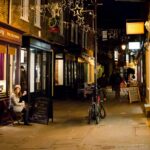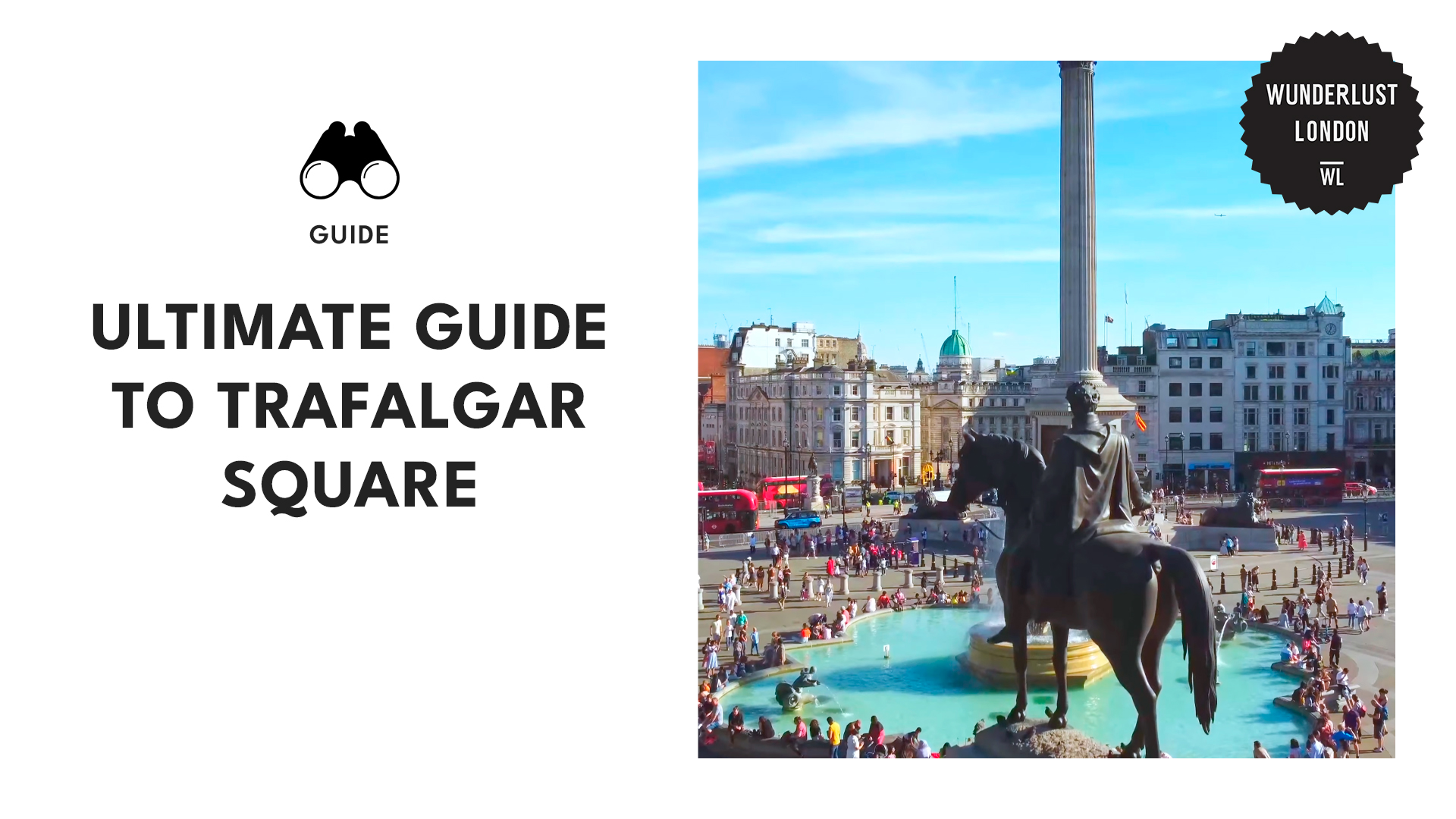Leinster Gardens is a seemingly ordinary neighbourhood in the heart of London that harbours a not-so-ordinary secret: there are fake houses all over the place!
Intrigued? Join us as we take you through a tour of Leinster Gardens and unveil the curious revelation that has left both locals and curious passers-by scratching their heads – the existence of fake houses tucked away in plain sight.
A brief history of Leinster Garden’s fake houses
Media from british_airways
The story of these architectural enigmas dates back to the 1860s, when the Metropolitan Railway, the world’s first underground railway, was under construction.
As the railway’s tracks were being laid, the engineers faced a dilemma: how to maintain the continuous row of houses along Leinster Gardens without disrupting the street’s elegant character.
Enter the ingenious solution of 23 and 24 Leinster Gardens – two meticulously crafted facades meticulously designed to blend seamlessly with their surroundings.
What’s behind the grand exterior? Well, just tracks for the Underground. The real magic? Keeping up appearances while trains passed by. It’s the real estate version of “fake it till you make it” – Victorian style!
The reason behind the construction of the fake houses
Media from mtonk
The fake houses in Leinster Gardens were constructed to hide a section of the London Underground railway line that was built through the area.
At the time, the Metropolitan Railway Company wanted to extend the underground train line from Paddington Station to King’s Cross. However, the proposed route would cut through the existing residential homes on Leinster Gardens.
Instead of demolishing the entire row of townhouses, the Railway Company came up with the idea of building fake house fronts to hide the open train tracks. This allowed the street to maintain its continuous Georgian terrace appearance despite having a gap for the railway.
Current status of Leinster Gardens’ fake houses
Media from tiritiana
The fake house facades on Leinster Gardens still exist today and are protected by their heritage status. The two imitation townhouses remain standing in their original location, flanking the gap that allows the underground metro line to pass through.
Despite their age, these faux fronts are holding up better than most Instagram influencers. They’ve been pampered and preened, maintaining the illusion of a Victorian-era skincare routine.
And what’s behind those impeccable facades, you ask? Well, it’s not a cosy living room but a leafy haven, a greenery-filled nook that’s decided to play hide-and-seek with the railway tracks.
Leinster Garden as a playground for pranks and high jinx
Media from uk__lifee
Over the years, Leinster Gardens has become a canvas for mischief-makers and pranksters. One common prank involves unsuspecting tourists attempting to enter the non-existent houses, only to be met with confusion and laughter from onlookers.
Another classic prank involves people posing for photos in front of the fake houses, pretending to be residents of the upscale Victorian homes.
Leinster Gardens has also been a playground for more organised and large-scale events. Occasionally, flash mobs and community gatherings take place, with participants embracing the absurdity of the fake houses.
Leinster Garden in Sherlock Holmes movies
Media from subterralacus
Leinster Gardens first gained cinematic prominence in the 1979 film “Murder by Decree”, where it served as the fictional address for the Diogenes Club. However, it wasn’t until Guy Ritchie’s 2009 adaptation of “Sherlock Holmes” that Leinster Gardens took on a more significant role.
In Ritchie’s film, starring Robert Downey Jr. as Sherlock Holmes and Jude Law as Dr John Watson, Leinster Gardens becomes a central location for one of the movie’s pivotal scenes.
Without giving away too many spoilers, let’s just say that the false facade of Leinster Gardens plays a crucial role in Holmes’s elaborate scheme to outsmart his adversaries.
Lesser-known facts about Leinster Gardens
The fake houses played a role in London’s defence during WWII
Media from subterralacus
The street-level structures of the houses were removed temporarily, and the open space was used for anti-aircraft gun emplacements. This adaptive use showcases the versatility of the location during times of crisis.
The creation of the fake houses wasn’t universally applauded
Media from daniel_orton
Some architects criticised the project as an unnecessary and deceptive venture that compromised the authenticity of the neighbourhood. Uncovering these dissenting voices sheds light on the diverse opinions that surrounded the construction.
The Leister Garden has had its fair share of notable residents
Media from theworldbeforeuslmhvan
While the fake houses themselves may not have housed any residents, other properties on Leinster Gardens have hosted notable figures. The street has been home to writers, artists, and other influential personalities throughout its history.
Notable residents in the area have included author George Orwell, artist Lucian Freud, and composer Edward Elgar.
Frequently asked questions
No, the false fronts are just fronts. There is no interior, and the buildings are not functional.
No, the windows are painted on and do not reveal the absence of a real interior.
No, access to the train tracks is restricted, and the false facades are designed to keep them hidden from view.
Yes, the unusual architecture has attracted tourists curious about the deceptive façades and the story behind them.







